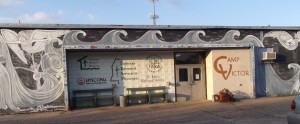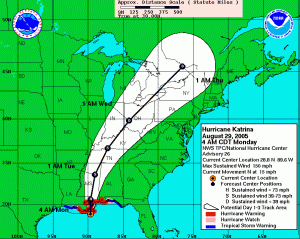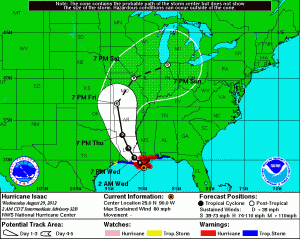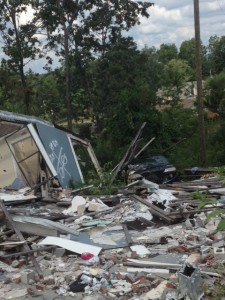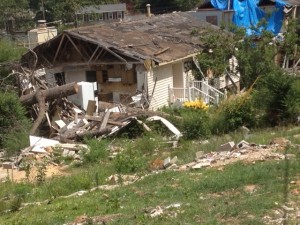August 29, 2005 is a day that is seared into the memory of the people in the New Orleans area. That was the day Hurricane Katrina made landfall. Exactly seven years later, on August 29, 2012, Hurricane Isaac impacted the same area. Isaac was not as powerful as Katrina, and the primary area of damage was a bit different from that of Katrina’s. But as I often say, “It may not be a huge disaster, but to the people impacted, it was a life changing event.”
I visited the areas impacted by Isaac about a month later. Plans were being made to help the families recover from the storm. The Monday after my visit, Super Storm Sandy hit the East Coast (October 29). Since then, the majority of the disaster community’s attention has been on our Sandy response. This past week, I returned to New Orleans to check on the state of the recovery after Isaac. You see, we at Lutheran Disaster Response are concerned about all those impacted by disasters; we are committed to helping communities recover even when they are not in the media’s attention.
Through our affiliate, Lutheran Social Services of the South (LSSS), we are working to provide disaster case management in two of the twenty-six Parishes receiving these services, namely St. Tammany and Washington. Washington Parish has some 27% of the households living below the federal poverty level and nearly 24% of the population has a disability. Due to all of the economic and storm related stress, St. Tammany has recently experienced a rash of suicides. So while there are other areas of need in the state, by focusing on these two Parishes, LSSS will be making a huge impact on the lives of those affected by Isaac.
Our local Program Director is Jessica Vermilyea. Jessica, along with Mark Minick from LSSS, has many years of experience working in the Louisiana area following Katrina. They are uniquely positioned to be able to navigate the complex nature of this recovery since many of the people impacted by Katrina were also impacted by Isaac.
Some of the unique challenges to this recovery work include the fact that homeowners are facing high deductibles, from 3 to 5% of the cost of their homes. Many of the people did not receive any assistance from FEMA because either they were not able to keep up their flood insurance because of cost, they did not know they had to do so, or because insurance companies are asking for Katrina repair verification before paying claims. This verification can be a difficult thing to come up with—how many of us can find all of our home repair receipts from 6 years ago?
Despite these challenges, Mark and Jessica are hopeful they will be able to help dozens of people with their recovery, help people return to their homes, help people find the new normal for their lives. While the country has shifted its attention to many other disasters, we at Lutheran Disaster Response US will not forget the people impacted by Hurricane Isaac—please join us in remembering these folks in our thoughts and prayers.

